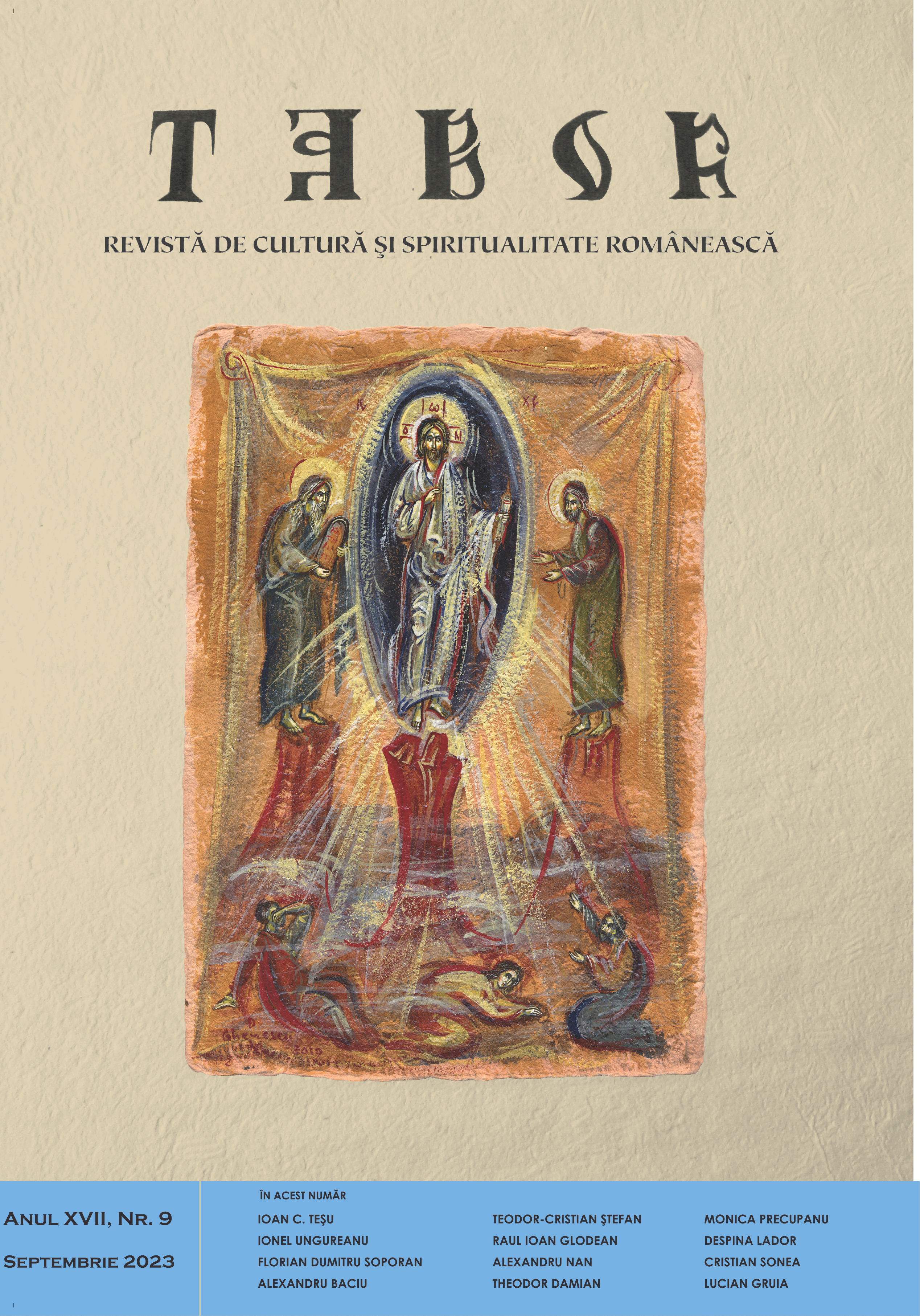Bizanţul şi Europa Centru-Orientală: de la Common-Wealth medieval la succesiunea imperială (I): criză structurală şi reviriment identitar
Byzantium and Central-Eastern Europe: from medieval Common-Wealth to imperial succession (I): structural crisis and identity revival
Author(s): Florian Dumitru SoporanSubject(s): History of Church(es), Pastoral Theology
Published by: Renaşterea Cluj
Keywords: survival; crisis; restoration; faith; crusade; ethics;
Summary/Abstract: The last two centuries of Byzantium’s history, marked by the conquest of Constantinople by the Latin Crusaders in 1204 and its definitive disappearance as a result of the Ottoman expansion in the Balkans, embody a tragic dimension, hypertrophied by the series of divisions and restorations which affected the world that preserved the succession of the ancient Orbis Romanus, dominated by the dilemma of the choice between precarious political survival in a polycentric Christian world of territorial states, evolving towards the premodern national state, and survival through the spiritual mission that had ensured the diffusion of the Orthodox faith among the Slavic nations of the south and east. If, from the perspective of a long term reading of the past, the project initiated by Emperor Constantine the Great (307-337) followed a similar destiny to the project of the so called Papal Monarchy with which it was in irreducible competition after the Great Schism of 1054 and with which it sought ways of reconciliation in the last decades of its existence, the differences of vision that oppose factions of the Byzantine social elite and personalities belonging to the ethnic orthodox communities endowed with the ability to activate ethnic and regional solidarities for the benefit of their own cause, illustrate their innovative dispositions and the manifestations of some compatibilities with the social and cultural dynamics of Western medieval Christendom. On the same note, the coexistence of the Empire restored in Constantinople in 1261 with the new Bulgarian, Serbian and Romanian states, but also with the political structures founded by the Crusaders, approached exclusively from the perspective of the irreducible conflict, offers the opportunity to deepen the knowledge of the Middle Ages, from the perspective of the challenges that affected ethnic and confessional affinities.
Journal: TABOR. Revistă de cultură şi spiritualitate românească
- Issue Year: XVII/2023
- Issue No: 09
- Page Range: 17-25
- Page Count: 9
- Language: Romanian
- Content File-PDF

